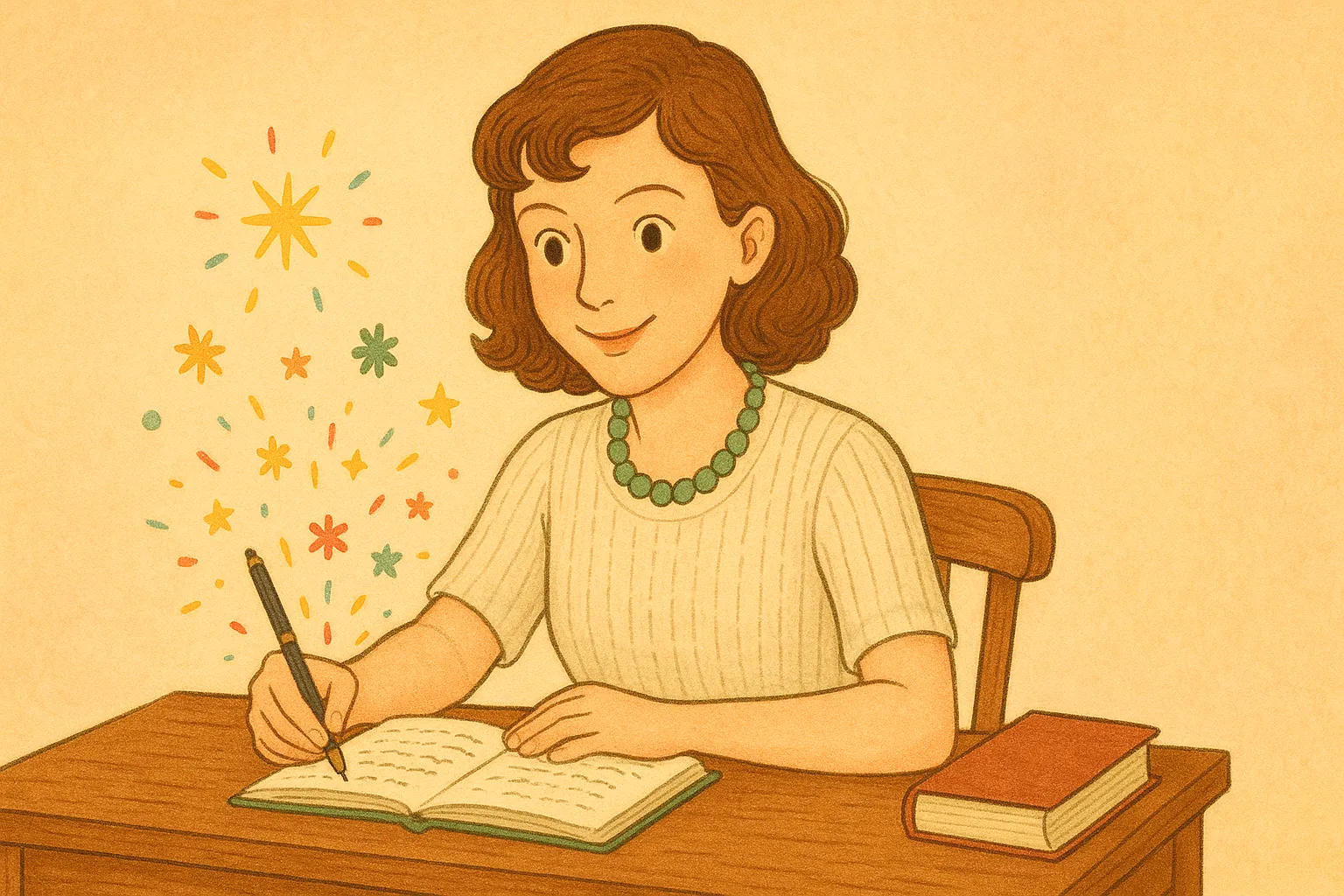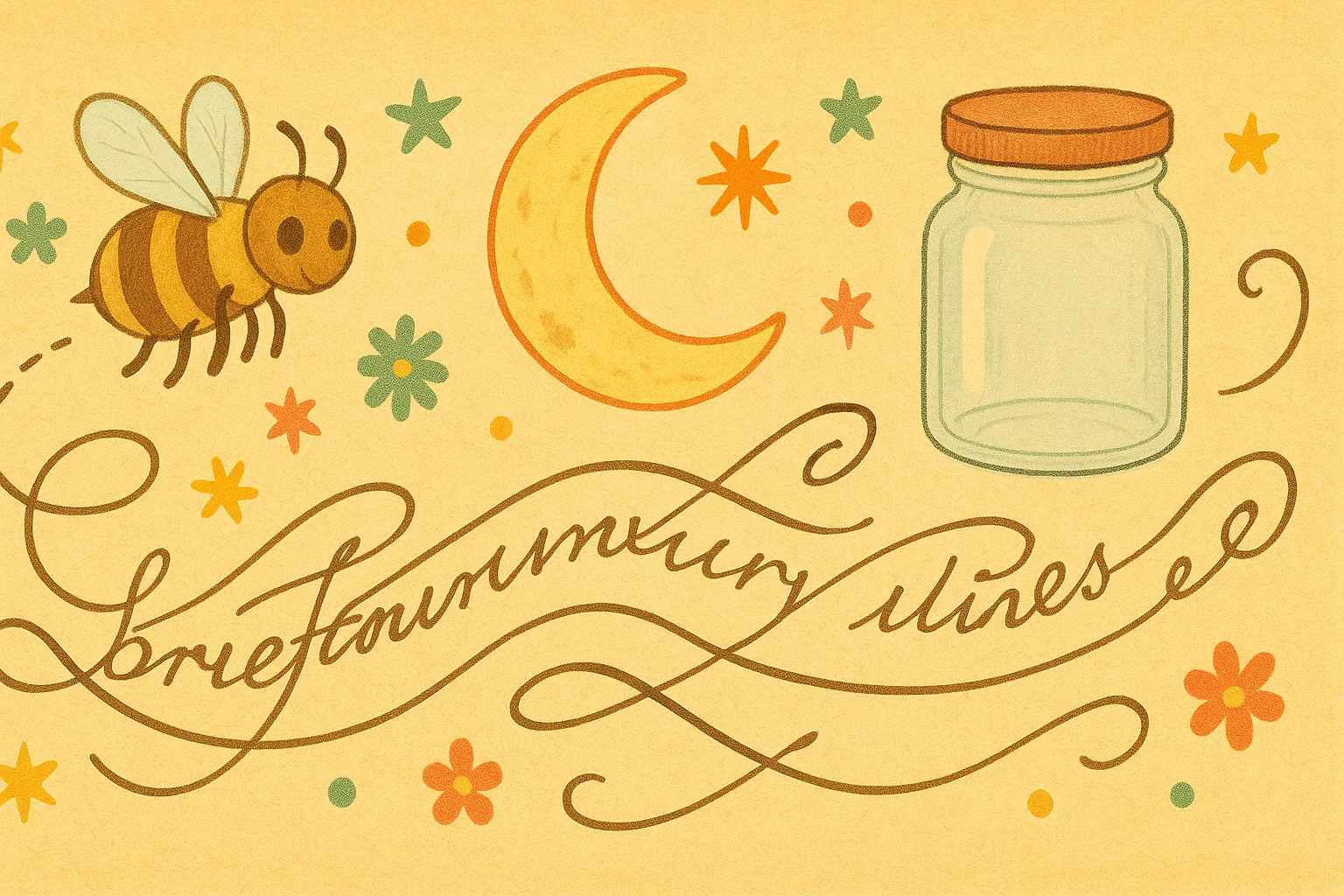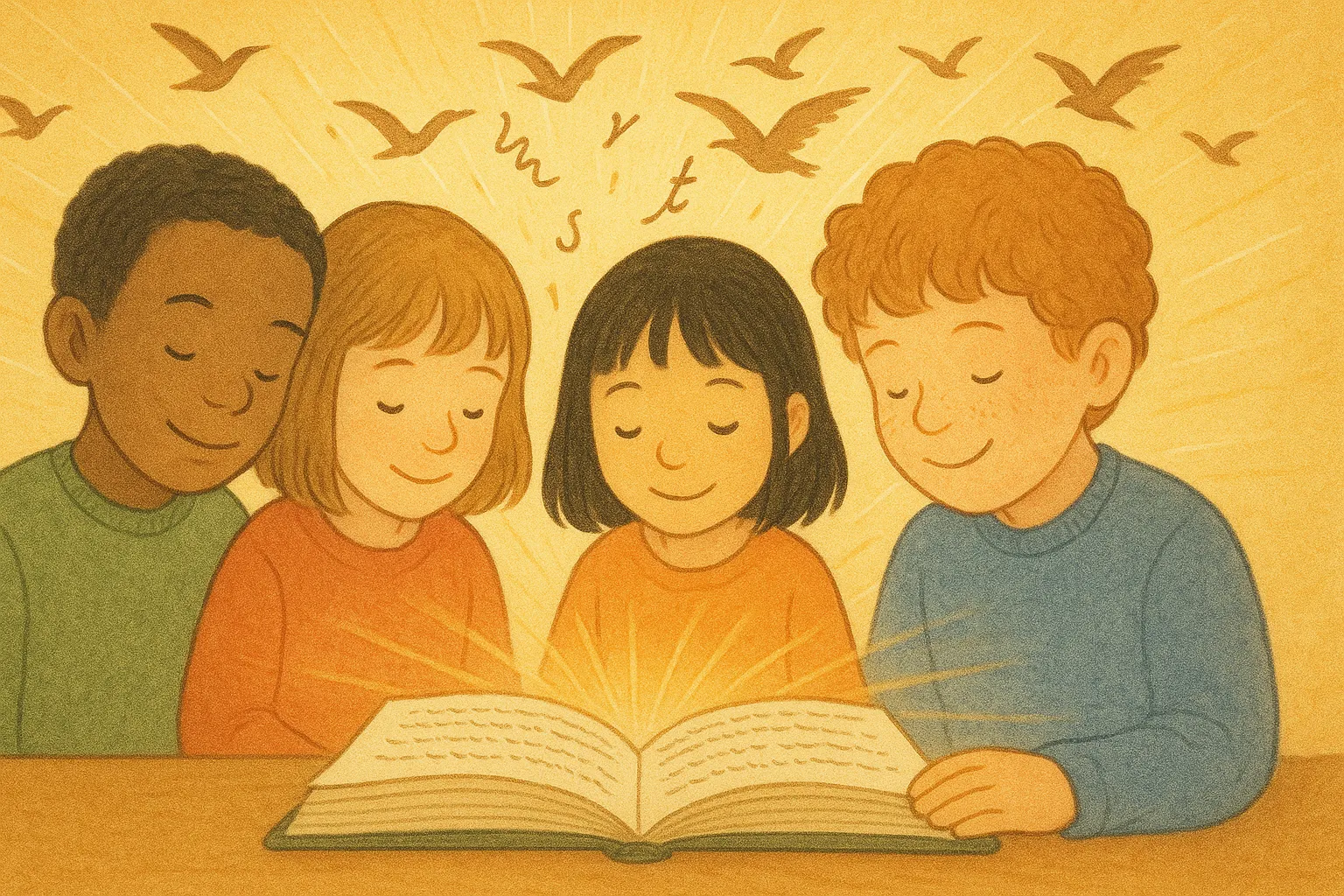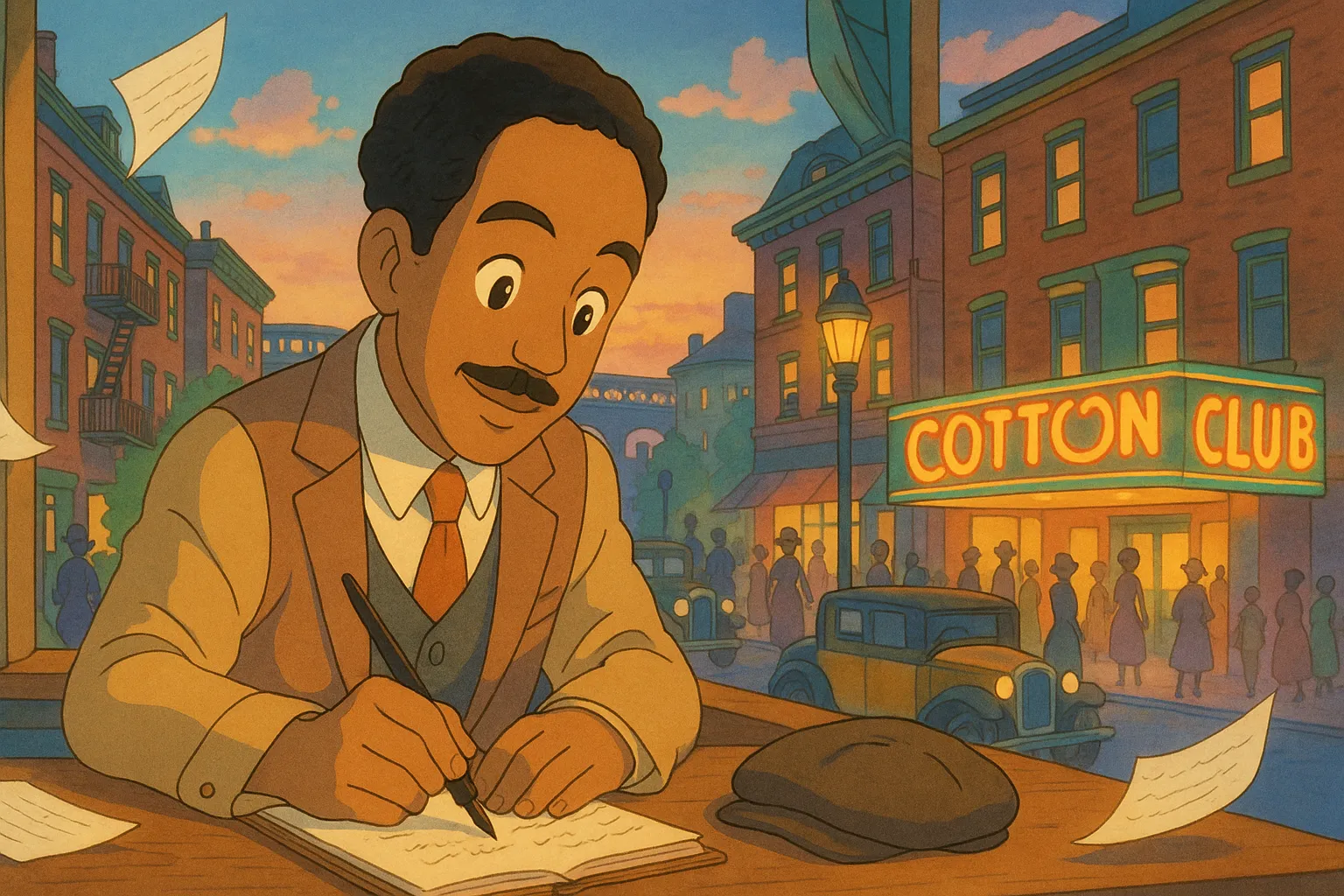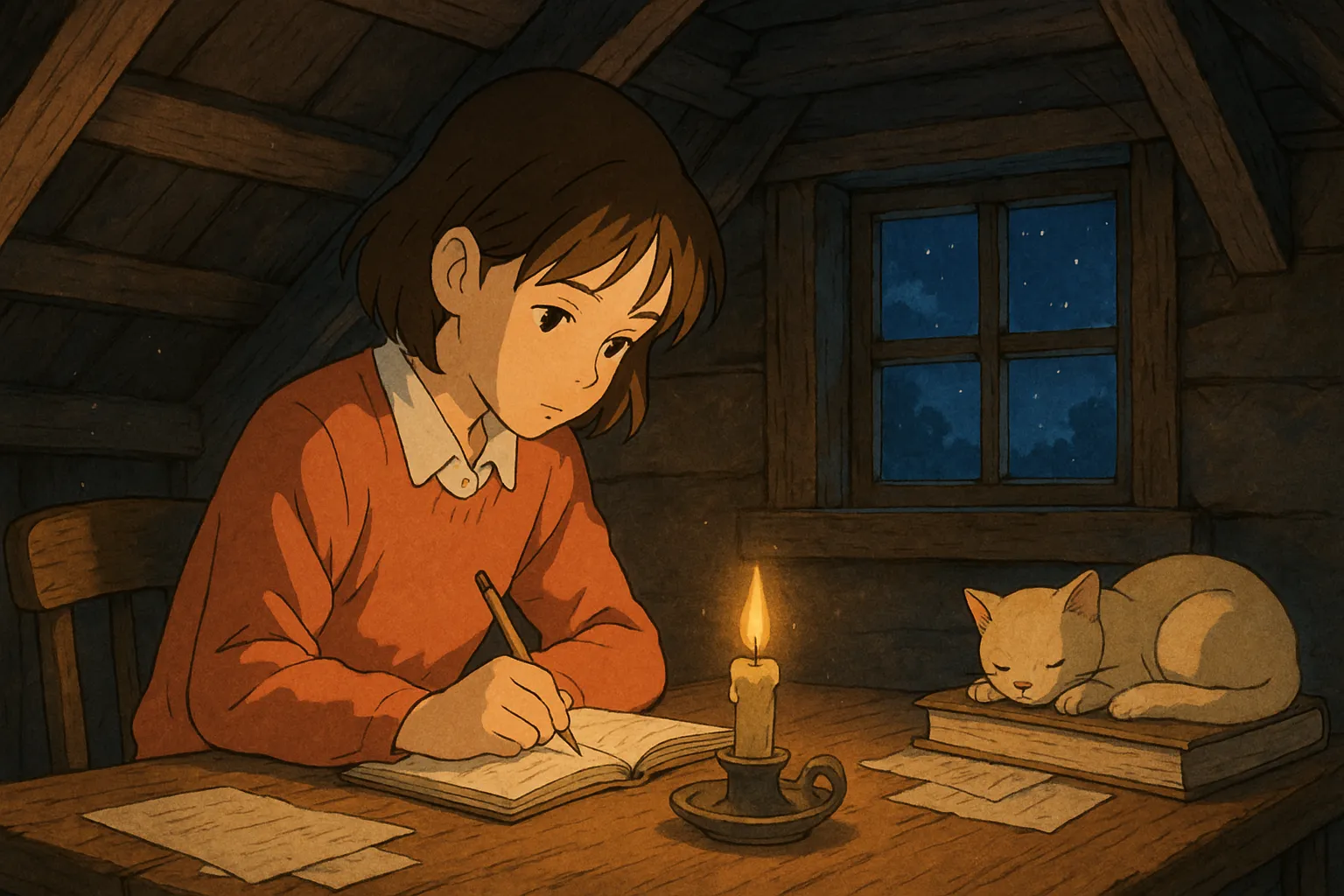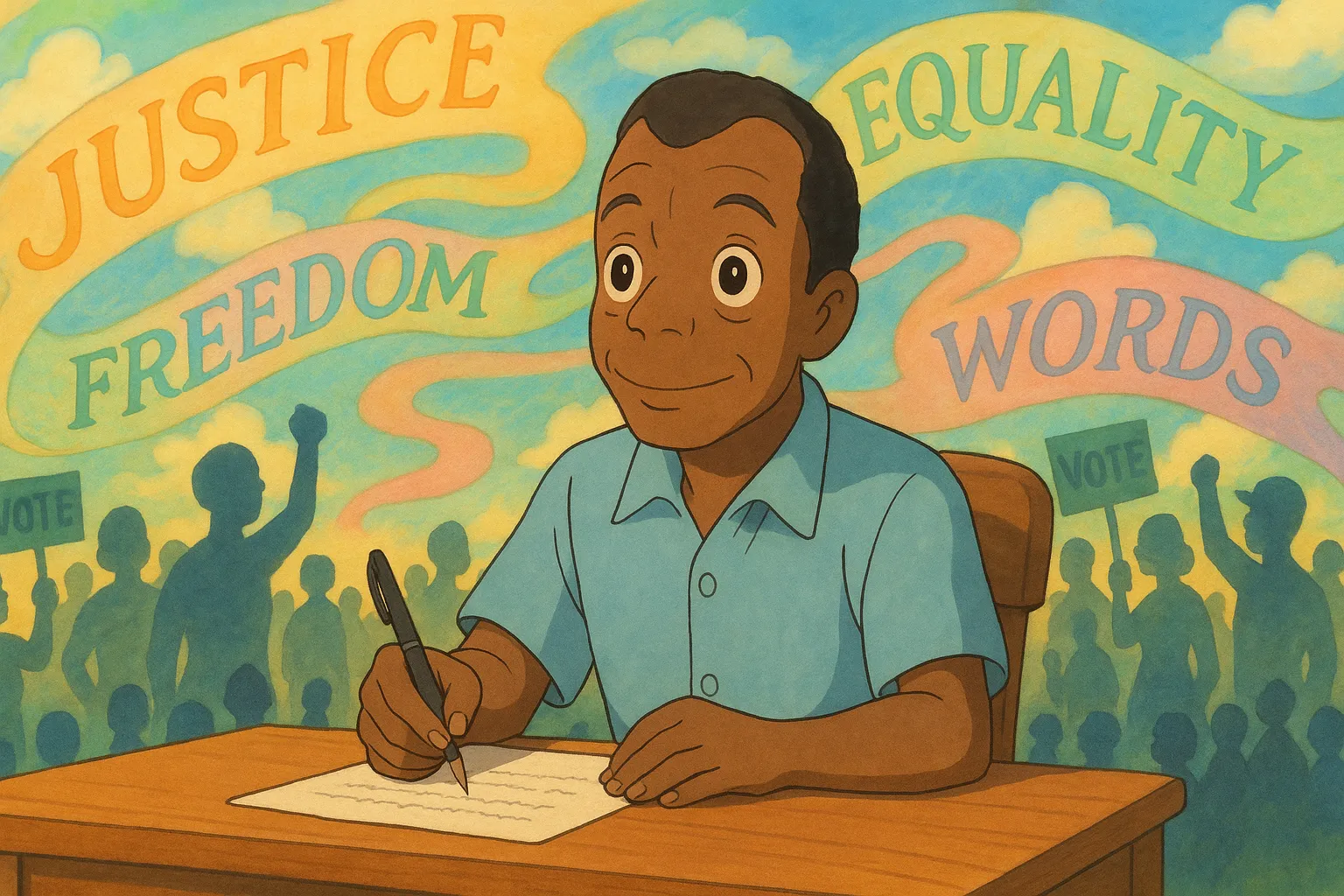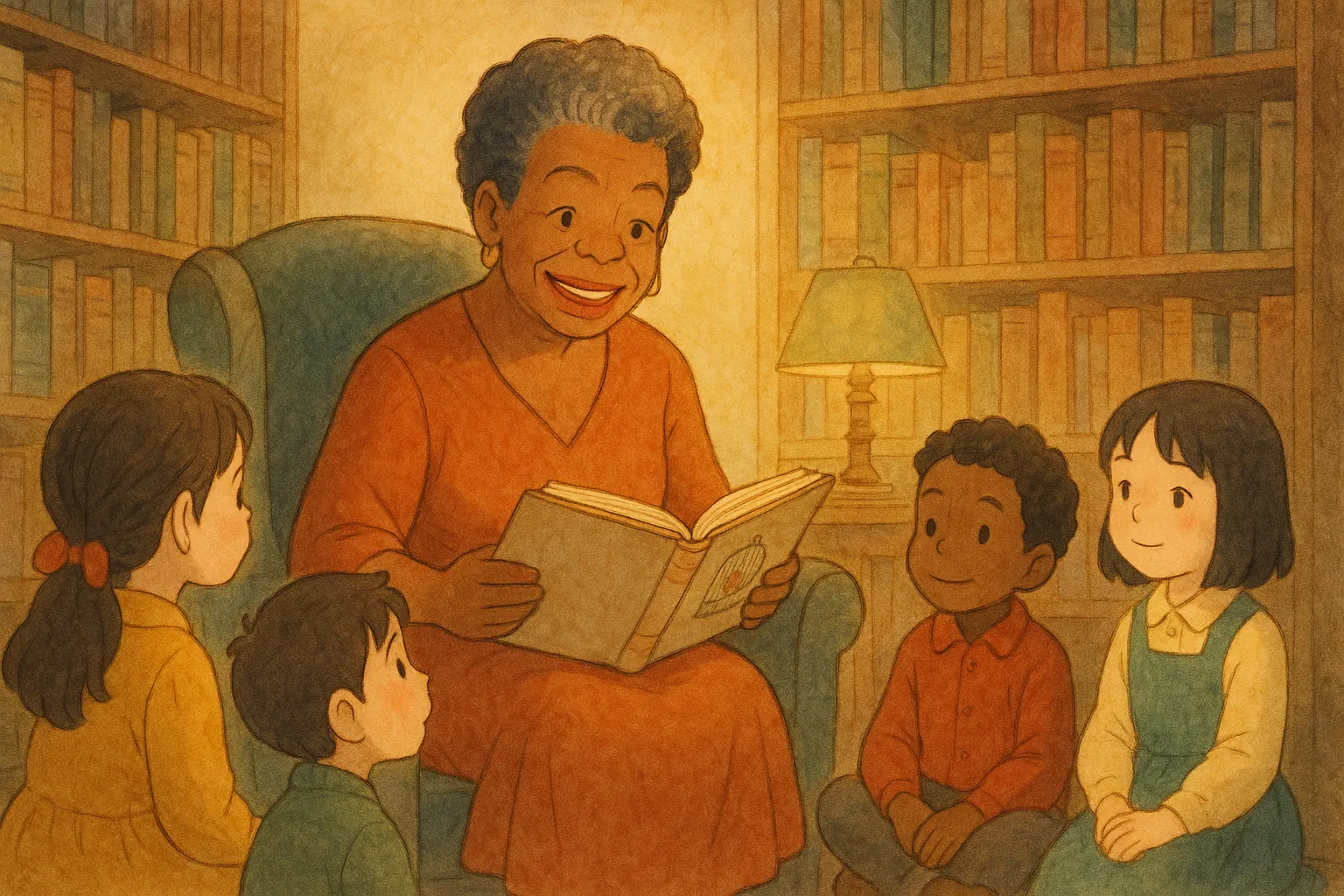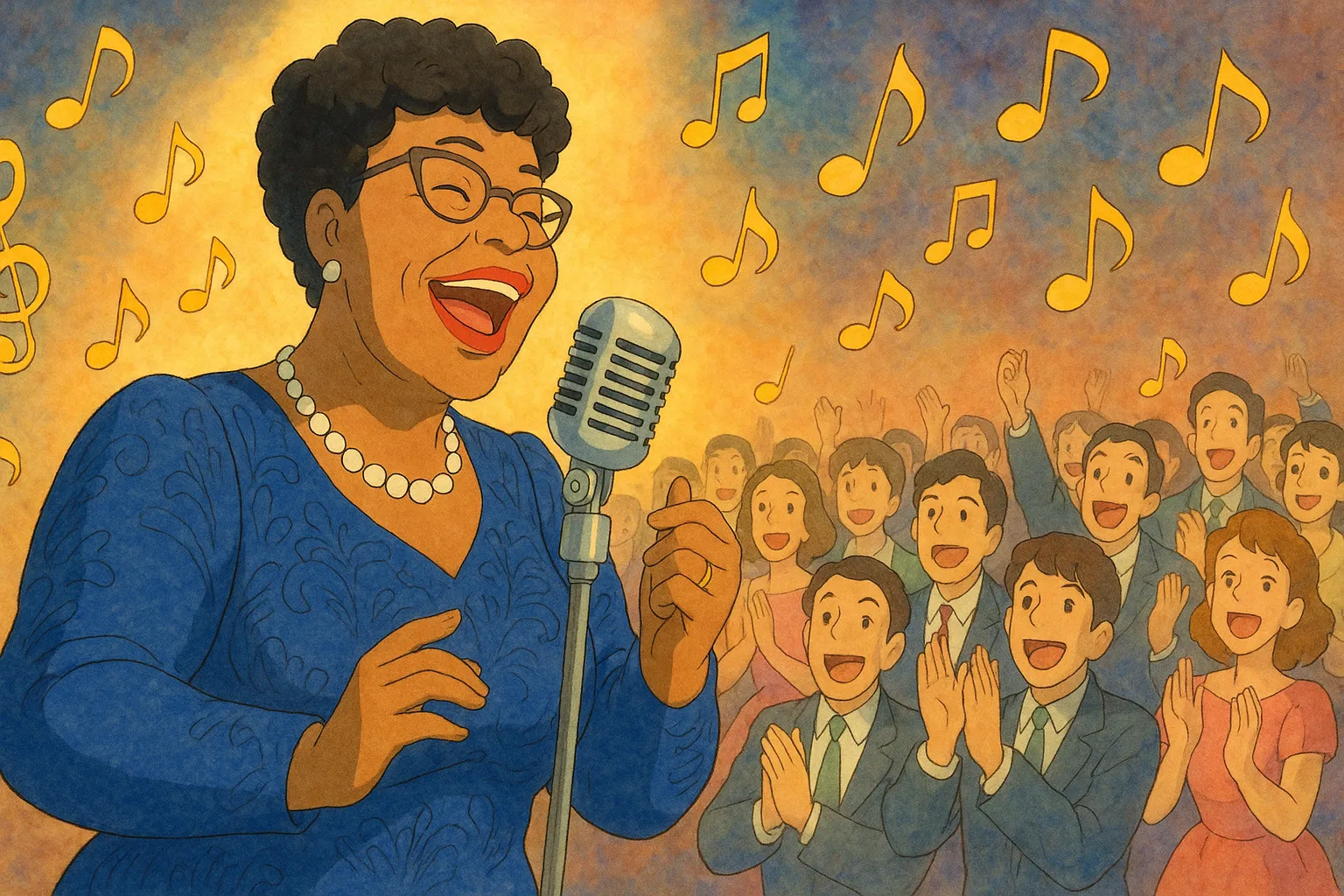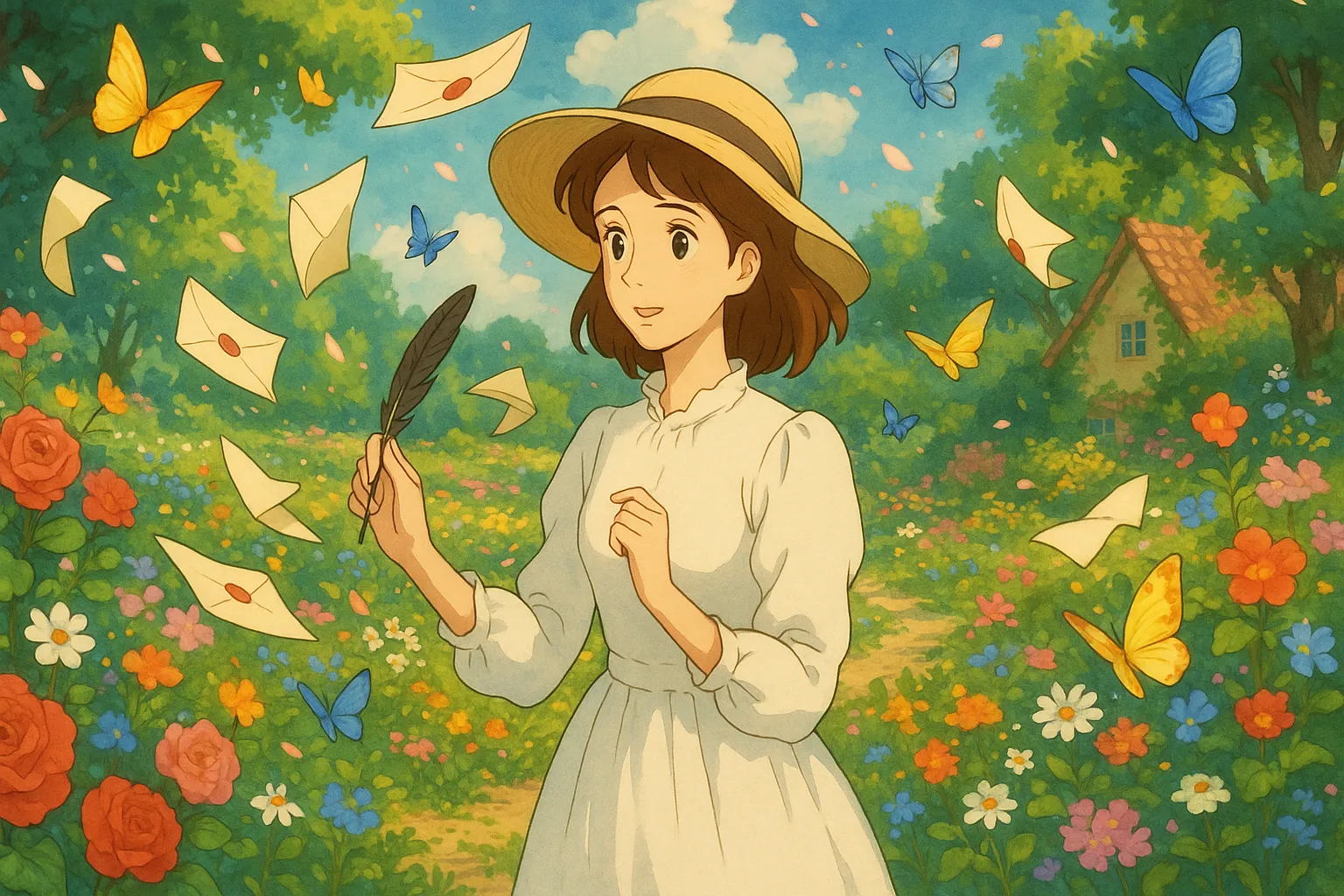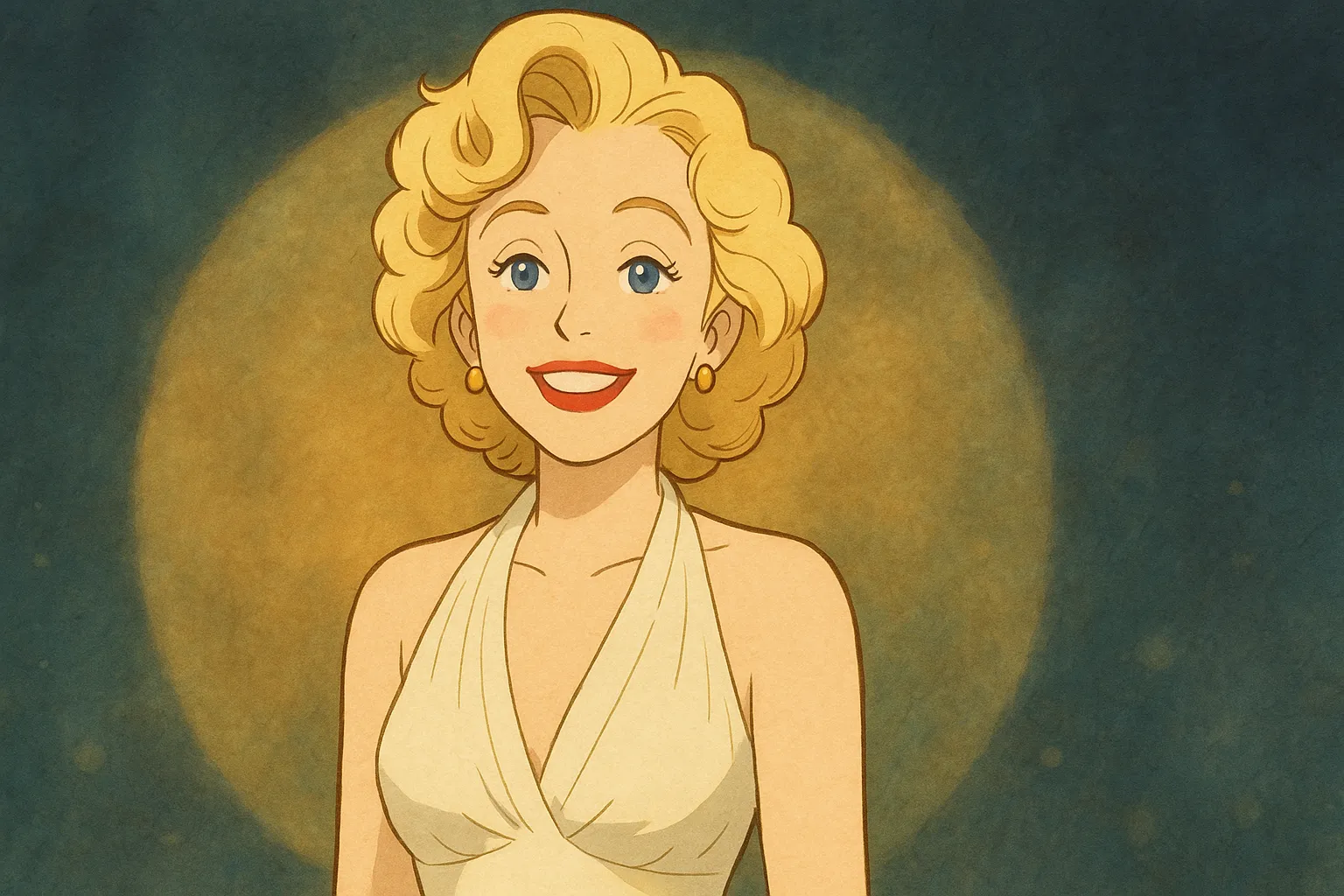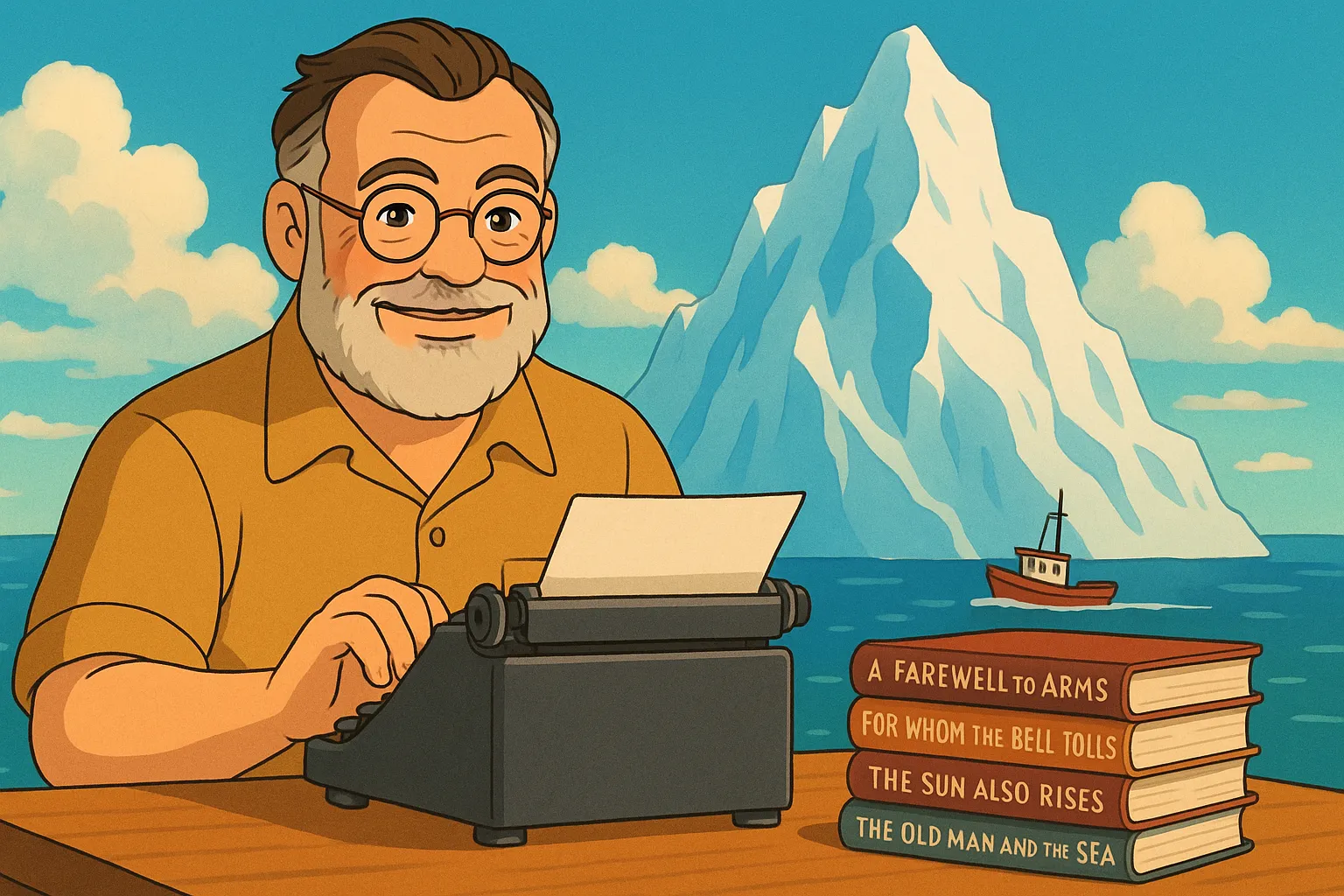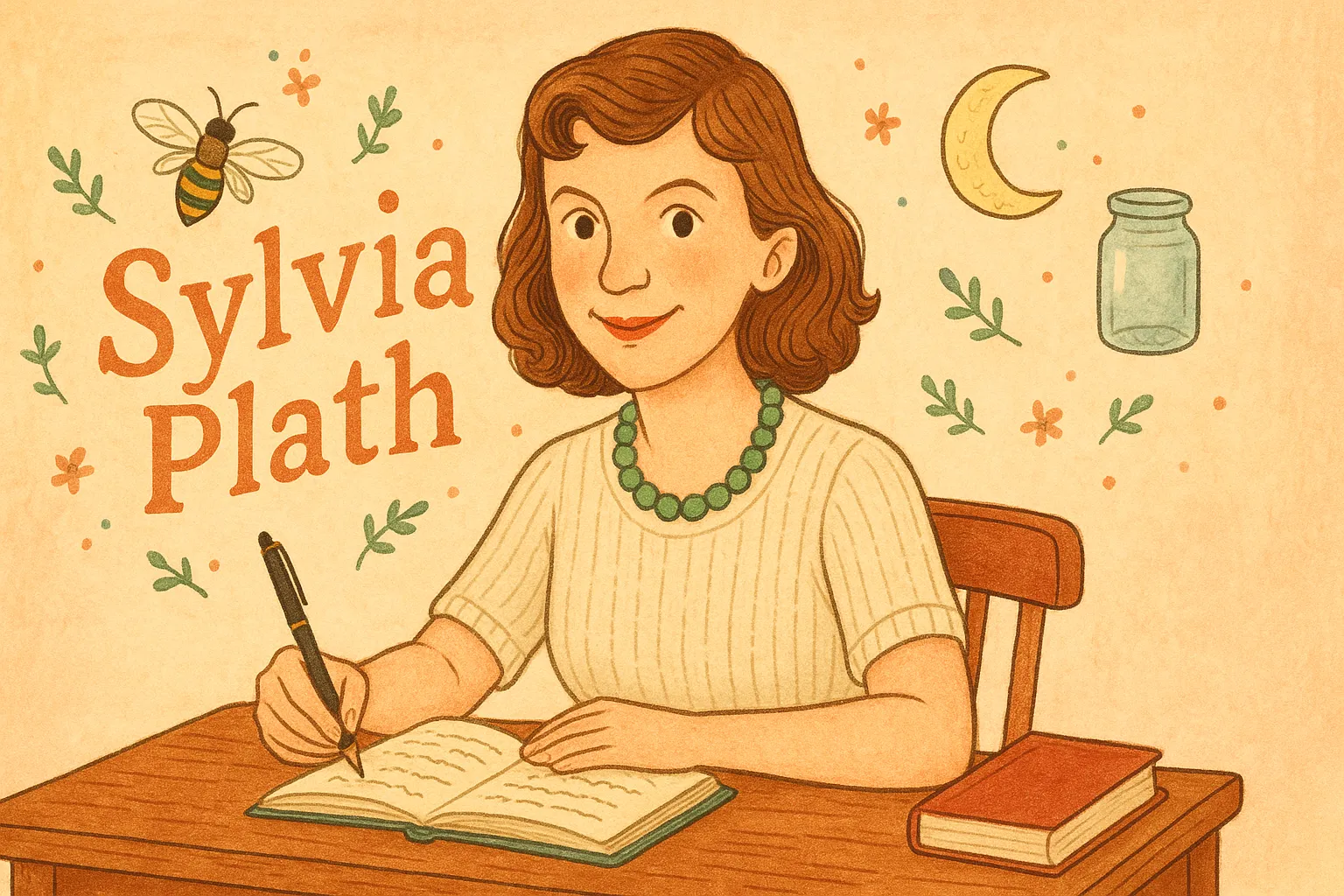
Frequently Asked Questions
Where did Sylvia Plath study?
She attended Smith College in Massachusetts and studied at Newnham College, Cambridge, as a Fulbright scholar.
Who influenced her writing?
Plath read widely; she admired poets like Emily Dickinson and W. B. Yeats and was shaped by modern poetic craft and close attention to form and image.
Did Sylvia Plath have a family?
Yes. She was married to poet Ted Hughes and they had two children, Frieda and Nicholas.
What is confessional poetry?
Confessional poetry is a style that treats personal experience and emotion openly and directly. Plath’s frankness helped define the form for later writers.
How did she approach writing poems?
She worked intensely on images and language, kept notebooks, revised carefully, and blended precise description with emotional honesty.
Are her poems hard to understand?
They use vivid, sometimes shocking images, but many readers find them rewarding with careful reading, discussion, and guidance.
Is it okay to study her work in school?
Yes—many schools read her poems with context and support. Because some themes are intense, teachers often provide guidance and discussion.
